In the annals of tennis, there are titans whose shadows stretch long across the courts, whose names — Federer, Nadal, Djokovic — have become synonymous with an era of unparalleled dominance. For nearly two decades, they forged a rivalry so compelling it redefined the sport. Now, as that golden era gracefully recedes, a new generation emerges, spearheaded by the electrifying Carlos Alcaraz and the stoic Jannik Sinner. Their burgeoning rivalry has sparked an inevitable question: how do these young phenoms compare to the legends they aspire to emulate? While some voices, like former World No. 1 Gustavo Kuerten, caution against premature comparisons, emphasizing the Big Three’s sustained decade-plus reign, the statistical and stylistic parallels drawn by various ATP Tour experts and commentators offer a fascinating glimpse into the future of tennis.
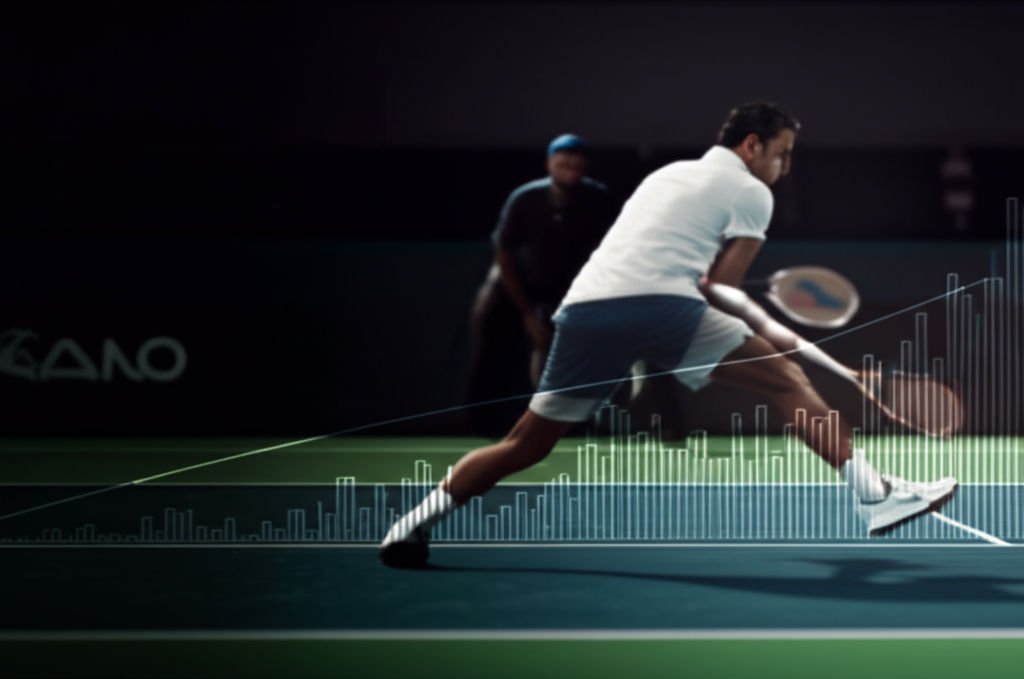
The Statistical Ascent: Matching Early Big Three Milestones
The statistical trajectories of Alcaraz and Sinner, particularly in their early Grand Slam careers, bear striking resemblances to those of Roger Federer, Rafael Nadal, and Novak Djokovic. The ATP Tour itself has highlighted how quickly these rising stars have accumulated major wins.
Grand Slam Win Rates and Age at Milestones
Both Alcaraz and Sinner reached 50 Grand Slam match wins before turning 23, a benchmark also met by all members of the “Big Three”. Nadal, Djokovic, and Alcaraz achieved this feat at 21, while Federer and Sinner did so at 22.
- Carlos Alcaraz: The Spaniard matched Rafael Nadal’s record by needing just 60 Grand Slam encounters to reach 50 victories, achieving a 50-10 win-loss record. Nadal had already secured three Roland Garros titles by the time he reached this half-century. Alcaraz, with his US Open and Wimbledon titles, has demonstrated a rapid adaptation to the biggest stages.
- Jannik Sinner: The Italian required 66 matches to achieve his 50th major win, a record nearly identical to Novak Djokovic (64 matches) and Roger Federer (68 matches) at the same milestone. Sinner, like Djokovic and Federer, had already clinched a Grand Slam title (the Australian Open) when he reached his 50th major match win.
These early career statistics underscore their precocious talent and ability to perform at the highest level from a young age, echoing the formidable starts of the Big Three.
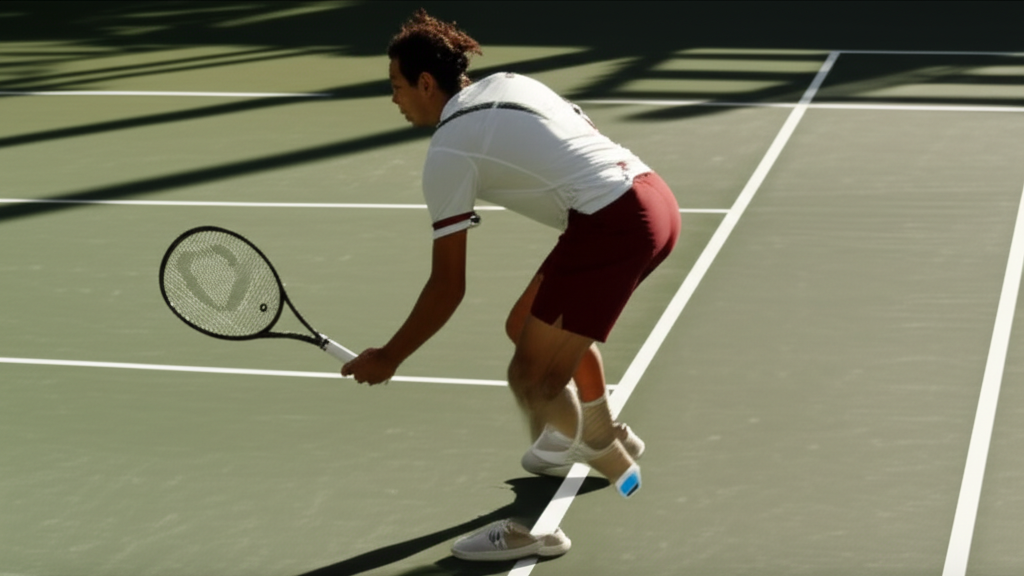
The Stylistic Blend: Echoes of Greatness in Modern Play
Beyond raw statistics, tennis analysts and former players often dissect the playing styles of Alcaraz and Sinner, finding elements reminiscent of the game’s legends, albeit with a modern twist.
Alcaraz: The Federer-Nadal-Djokovic Hybrid?
Top tennis coach Patrick Mouratoglou has lauded Carlos Alcaraz for seemingly combining the best qualities of the legendary trio. He describes Alcaraz as “pure Roger” in his artistry and all-court game, possessing the relentless fighting spirit of Nadal, and the defensive prowess and adaptability of Djokovic. Alcaraz’s ability to win Grand Slams on clay, grass, and hard courts further solidifies comparisons to Djokovic’s all-surface dominance, surpassing Federer’s relative weakness on clay and Nadal’s clay-heavy resume. His aggressive style, creativity, and remarkable speed often draw parallels to the peak of the Big Three.
Sinner: The Evolving Machine
Jannik Sinner, often characterized by his powerful and precise ball-striking, has been likened to a “machine.” Patrick Mouratoglou notes Sinner’s ability to take time away from opponents with incredible power and precision, coupled with exceptional movement, leading to very few unforced errors. Some observers on forums have even suggested Sinner is like “prime Djokovic but better” due to his early ball-taking and refined game. His strong performance, including key wins against Djokovic, demonstrates his elite competitiveness.
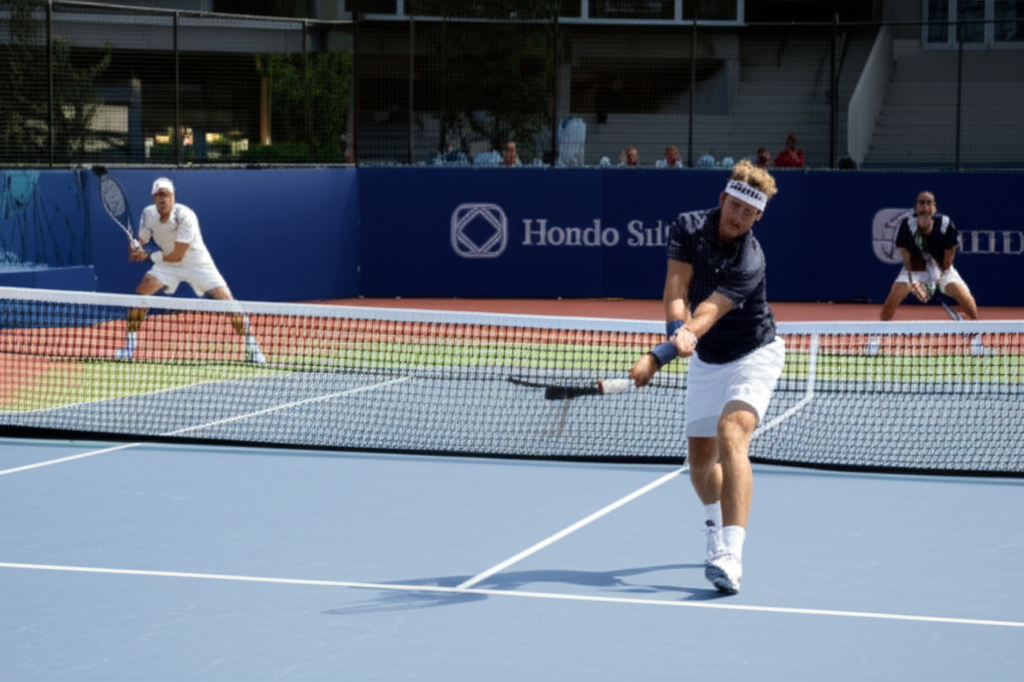
The Rivalry Dynamics: A New “Fedal” on the Horizon?
Perhaps the most exciting aspect of Alcaraz and Sinner’s emergence is the development of their head-to-head rivalry, which many hope will capture the imagination of fans much like the Federer-Nadal clashes did. Their thrilling encounters, such as the epic five-hour, 29-minute Roland Garros final, have been hailed as a testament to the captivating nature of this new rivalry.
This rivalry is not merely about individual excellence but also about mutual elevation. As the saying goes, “iron sharpens iron,” and their fierce competition pushes both players to new heights. Their repeated clashes in major finals, including becoming the only Roland Garros finalists besides Federer and Nadal to meet again in the same season’s Wimbledon championship, further solidify the comparison to the legendary “Fedal” dynamic.
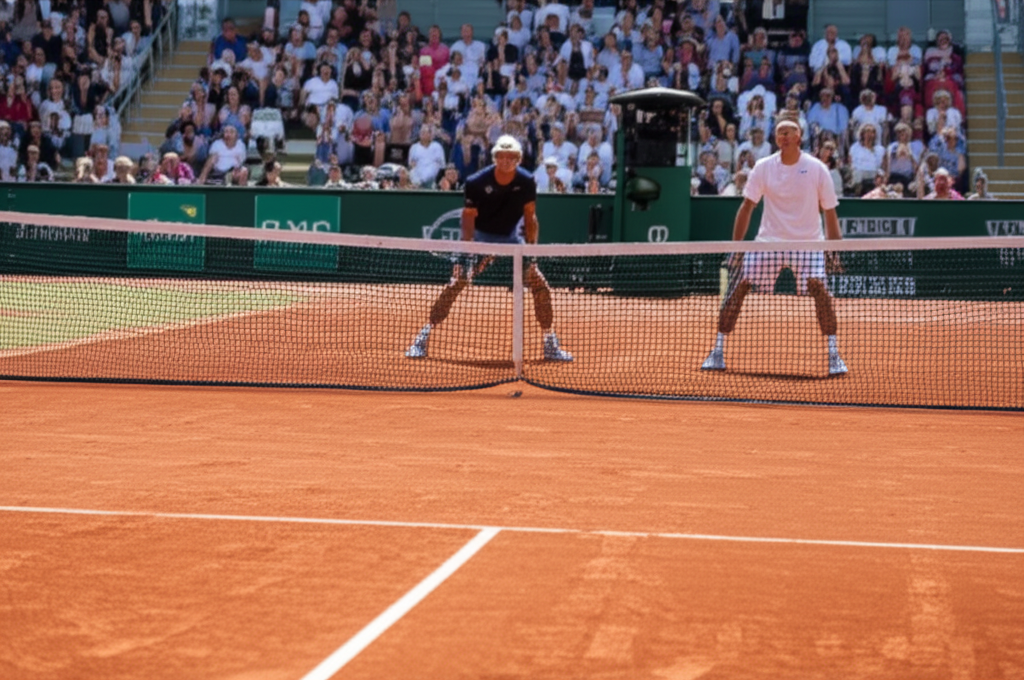
The Caveats and Nuances: Respecting Eras
While the excitement surrounding Alcaraz and Sinner is palpable, it’s crucial to approach comparisons to the Big Three with perspective. As Gustavo Kuerten aptly points out, the sustained dominance of Federer, Nadal, and Djokovic over more than a decade, accumulating an incredible 66 Grand Slam titles between them, is a feat unprecedented in tennis history. They consistently raised the level of the game and adapted over time.
Even Carlos Alcaraz himself maintains humility, acknowledging the unique legacy of Djokovic, Federer, and Nadal. “I’m not gonna put myself or the great rivalry that I have with Jannik at (the) same level as those legends,” Alcaraz stated. Former World No. 1 Mats Wilander notes that while Alcaraz and Sinner are playing at a “new speed” and “another level,” it doesn’t necessarily mean they are “better than Federer at his best, or Nadal and Djokovic at their best.” He highlights that the younger generation might make more mistakes, emphasizing the difficulty in comparing different eras due to evolving playing styles and equipment.
However, Wilander also acknowledges that Alcaraz and Sinner have the potential to “advance the sport to a ‘next level’,” suggesting they are already reaching unprecedented territory in terms of their speed and intensity. John McEnroe even ventured that, based on their current “A-game,” Alcaraz and Sinner could be favored to beat Nadal at his best on clay, a bold statement considering Nadal’s dominance on the surface.

The Future of Tennis: A Compelling New Chapter
The debate over how Carlos Alcaraz and Jannik Sinner stack up against the ‘Big Three’ is less about definitively declaring one era superior to another and more about appreciating the evolving landscape of professional tennis. While the sustained excellence of Federer, Nadal, and Djokovic set an almost impossibly high bar, Alcaraz and Sinner are undeniably writing a thrilling new chapter. Their early Grand Slam successes, combined with their captivating head-to-head rivalry and stylistic versatility, indicate that the sport is in capable hands. They are pushing the boundaries of athleticism, power, and shot-making, ensuring that the “beautiful game of tennis,” as Roger Federer himself described it after one of their epic encounters, continues to captivate audiences worldwide.



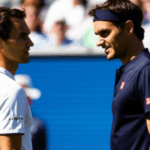
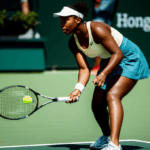
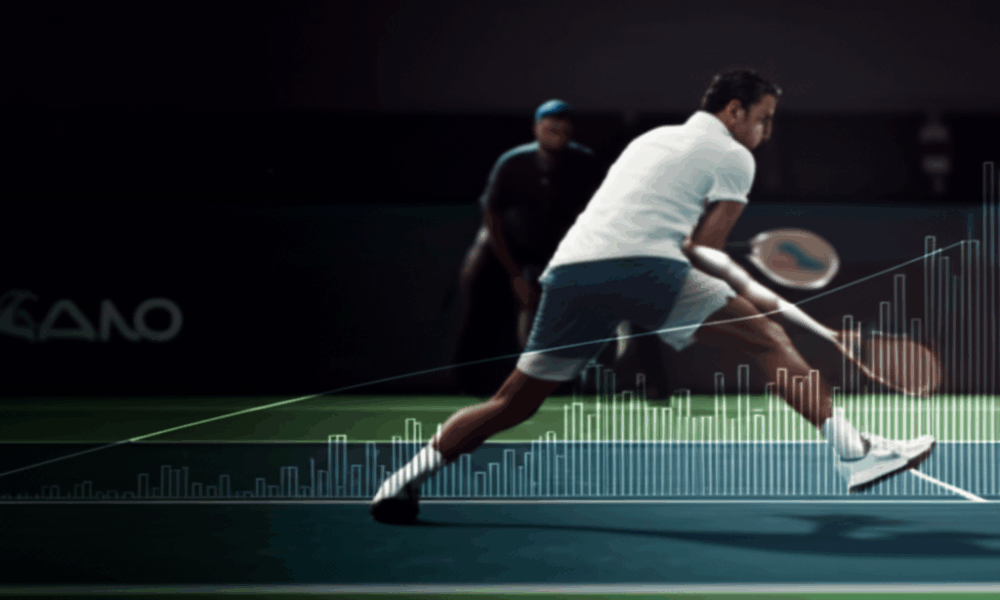
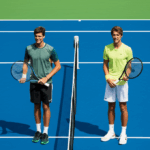

No Comment! Be the first one.